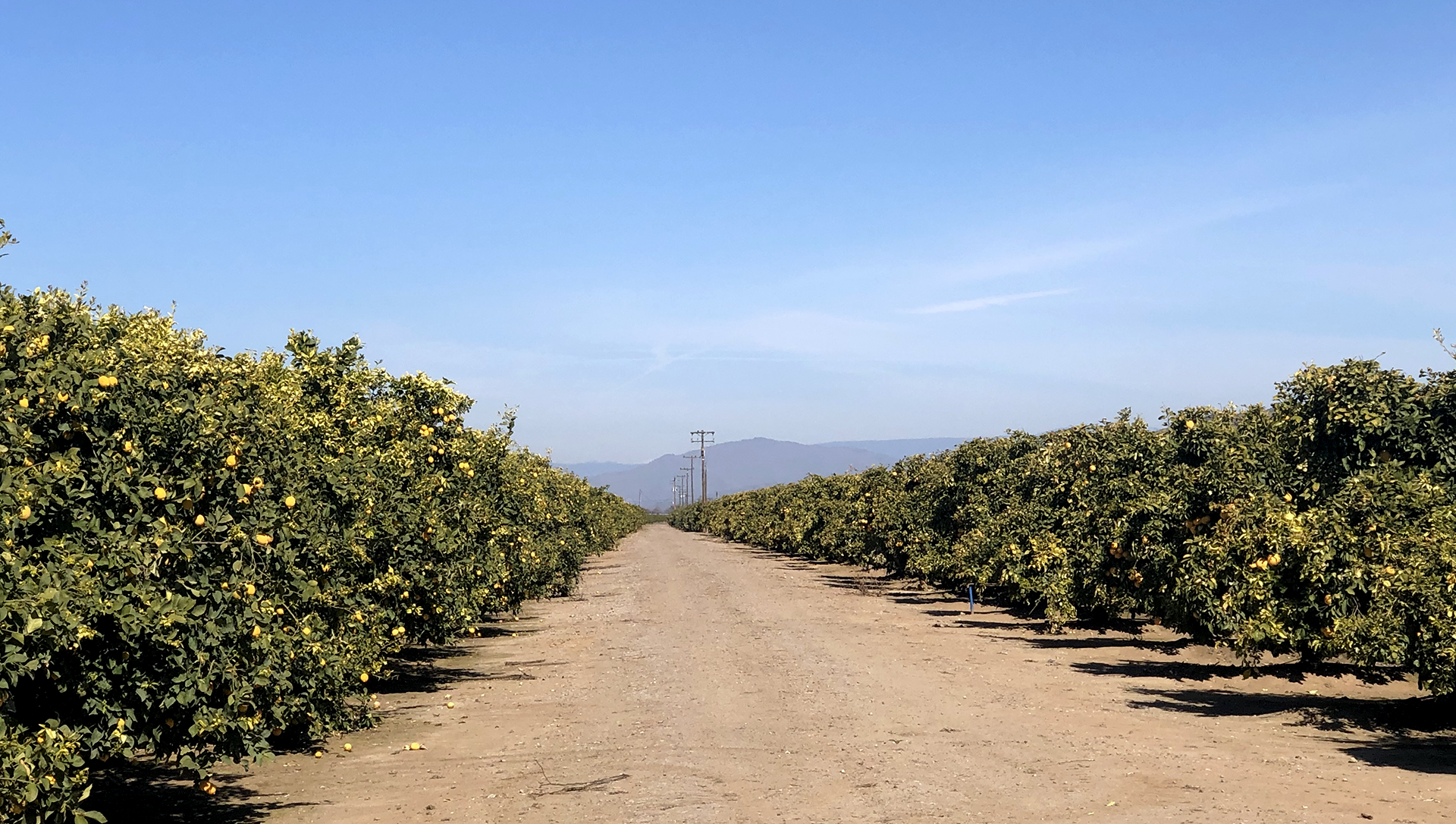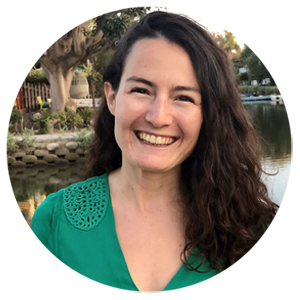California’s Successful HLB Management Strategy Focuses on Everyone Doing Their Part

What Nobel Prize-winning Economics Research Tells Us About ACP and HLB Management in California
As you have likely heard many times, coordinating management measures for the Asian citrus psyllid (ACP) and Huanglongbing (HLB) over a larger scale than individual properties is key to achieving effective control and limiting the spread of the disease. Coordination is important in terms of surveying for HLB-positive trees and removing them from the ground as soon as possible, applying insecticide treatments at the same time for multiple citrus groves within a Psyllid Management Area (PMA) or a Pest Control District (PCD), complying with quarantine measures for the movement of bulk citrus, using certified budwood and sharing information with neighbors.
But this coordination comes at a cost, and some individuals may be tempted to skip the costs of treating within the recommended window for ACP, correctly tarping their trucks, or even investing some time to convince their neighbors about the importance of these measures. Yet, if everyone skipped these costs and relied on the efforts of others, the ability of the citrus industry to combat HLB would be greatly reduced, leading to a higher risk of HLB spread in California.
This temptation to free-ride on the efforts of others exists in the management of many natural resources, such as groundwater, fisheries or forests. In 2009, social scientist Elinor Ostrom received the Nobel Prize for Economics for studying how societies organized themselves to manage these types of resources and avoid the problem of free-riding. Throughout her career, she studied many different cases of this problem in different parts of the world, and she identified eight principles that were associated with sustained collective action. Interestingly, most of these principles are present in the strategy for HLB management in California, as shown in the table below.
Due to a lack of participation in coordinated mitigation tactics – the free-rider problem – a similar HLB-management program in Florida was not as effective in keeping HLB at bay. But California has so far been more successful in achieving collective action than other infected areas like Florida, and as is seeing more success in preventing the spread of ACP and HLB, including keeping HLB out of commercial groves.
To continue to stay a step ahead of HLB, it is crucial that California’s citrus industry and residents remain vigilant and engage in coordinated management efforts and follow best practices and regulatory requirements.
Although Ostrom’s principles do not offer a universal solution to all free-riding problems, they can be useful to guide our efforts as we continue to work together to face the threat of HLB.
More information on her research, which was recently published in Food Security Journal, can be found on https://doi.org/10.1007/s12571-020-01133-9
| Design Principle (Ostrom, 1990) | HLB Management in California |
|---|---|
| 1. Clearly defined boundaries: the boundaries define who is responsible for the collective effort and over what area, reducing the cost of monitoring behavior. |
|
| 2A. Congruence between rules and local conditions: the rules that are established for the management and maintenance of a resource are aligned with the predominant social norms, culture and agro-ecological conditions in a community. |
|
| 2B. Congruence between appropriation and provision rules: correspondence between the rules governing contributions to the maintenance of the resource system, and the rules governing withdrawal of resources from the system. |
|
| 3. Collective-choice arrangements: if local users who directly interact with one another can define the rules that regulate the day-to-day decisions about the use of a shared resource, they will be in a better position to incorporate local knowledge. |
|
| 4A. Monitoring users: a community needs to be able to identify users that do not comply with rules; otherwise there can be no credible commitment. Monitoring should be undertaken by the resource users, better than by external authorities. |
|
| 4B. Monitoring the resource: assesses the extent to which the collective effort is being achieved. |
|
| 5. Graduated sanctions: Although sanctioning prevents an excessive violation of community rules, sanctions should be graduated based on the severity and/or repetition of violations to ensure proportionality. And they should be imposed by the resource users or officials accountable to them, to maintain community cohesion. |
|
| 6. Conflict-resolution mechanisms: Low-cost conflict resolution prevents the cost of conflict from outweighing the benefits of successful collective action. |
|
| 7. Minimal recognition of rights to organize: Local institutions are more effective when higher levels of government allow users to self-organize in ways that reflect local social and ecological contexts. |
|
| 8. Nested enterprises: refers to the importance of connecting smaller social systems that manage different parts of a larger resource system to facilitate cross-scale coordination. |
|

